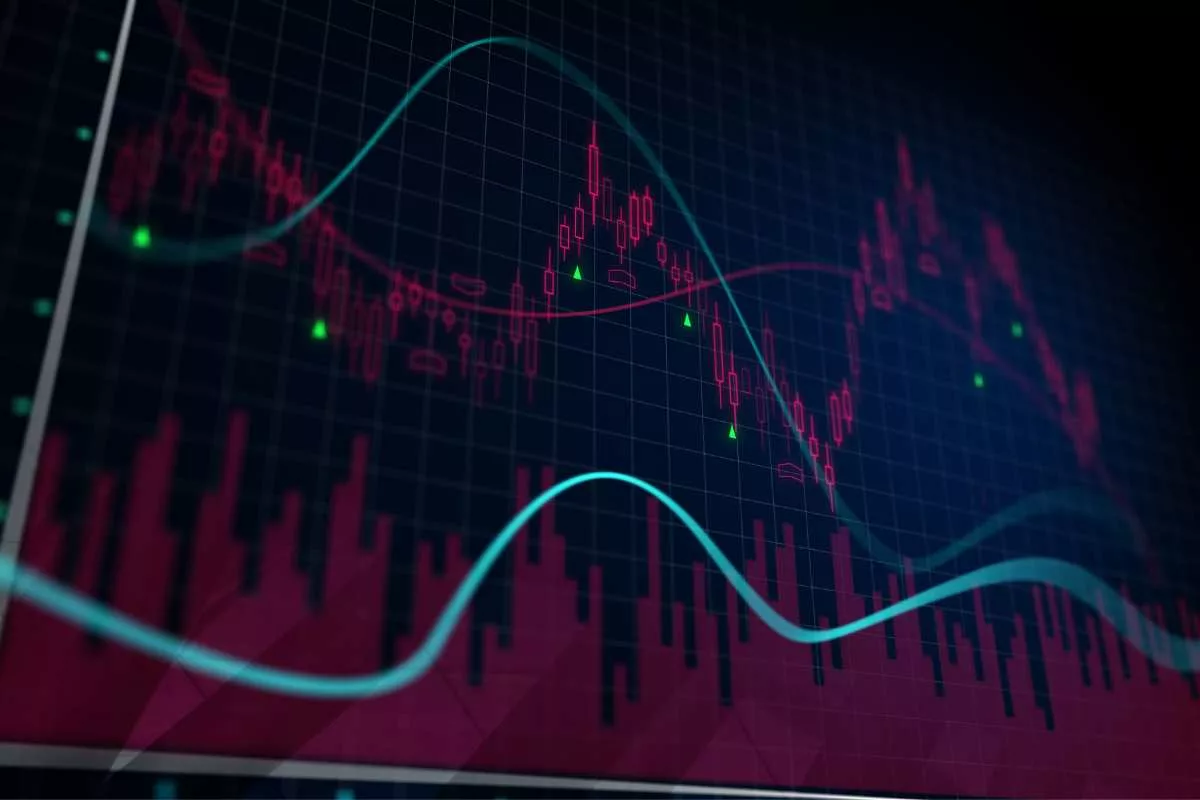The World of Forex: What is a Fakeout?

If you’ve been involved in forex trading, you’ll know that manoeuvring your way around this particular marketplace takes both skill and vigilance. As a part of this constant vigilance comes the need to understand forex rules and regulations and, by extension, fakeouts.
What they are and how to avoid them is a skill every forex trader should have in their toolkit. You need to understand the subtleties of fakeouts to make informed decisions in the market and raise your bottom line. Isn’t that the goal, after all?
Forex Trading – What are Fakeouts?
The first step towards avoiding fakeouts is to understand what they are. Forex trading is a fast-paced environment, and fakeouts occur suddenly. The basic premise of a fakeout is when the market appears to be making a significant move in one direction, only to reverse suddenly. These movements catch traders off guard and can result in significant losses.
Now, these fakeouts can occur for several reasons. Things like market manipulation, unexpected news that influences the stock price, or a temporary supply and demand imbalance can lead to a fakeout situation.
Why Do Fakeouts Happen?
The following are common times when fakeouts occur:
Market Sentiment Shifts
There are times when traders react very swiftly to financial news, creating a temporary surge in buying or selling. The problem is that when this shift in sentiment towards a stock is short-lived, it can result in a fakeout.
Liquidity Gaps
During specific trading hours, there will often be thin market conditions – meaning limited trading activity – leading to exaggerated price movements that don’t actually reflect the true market sentiment.
Stop Hunting
Institutional traders may, at times, deliberately activate stop orders. In doing so, they create a false or misleading impression of a trend reversal.
How Do I Identify a Fakeout?
Here are the steps to take to identify fakeouts:
Confirming with Indicators
Before you make any trading decisions, review technical indicators. The RSI, MACD, or Bollinger Bands can help you to confirm price movements and thus aid you in making smart trading decisions.
Multiple Time Frame Analysis
Never make snap decisions based on price movements over just one period of time. Always validate the authenticity of a trend by looking at price movements over various time frames.
Strategies to Mitigate Fakeouts
To be a successful trader, you must be prepared for fakeouts and have certain strategies in place to minimise their impact on your overall performance.
Diversification
Never rely too heavily on a single currency pair, especially should there be a fakeout in that specific market. Spread your investment around across different currency pairs – a loss in one pair could mean a gain in another.
Backtesting
By using historical data and testing your approach in past market conditions, you can get an idea of how they would have performed. This will give you the opportunity to adjust your strategy and avoid potential fakeouts.
Wrapping Up
Successful forex trading relies on continuous education, the ability to stay vigilant, and, most importantly, knowing your market. If you can identify fakeouts, adapt your strategy to avoid them, and use insights from previous trades, you will be able to create a strong portfolio. By combining these key factors, puts you on a track for trading success that’s both lasting and profitable.










